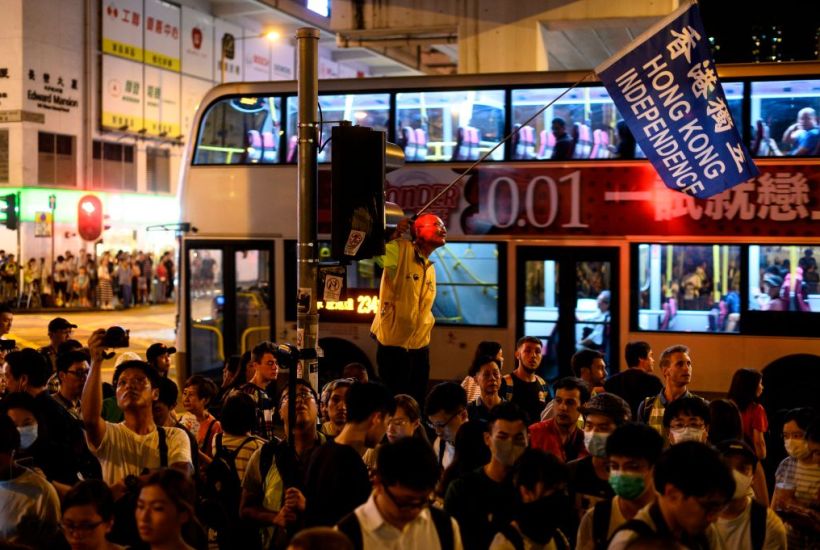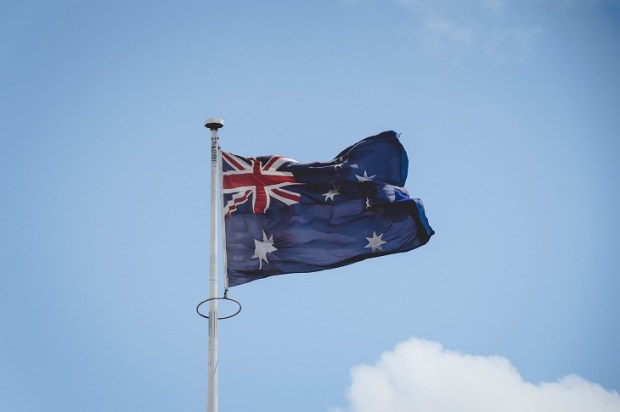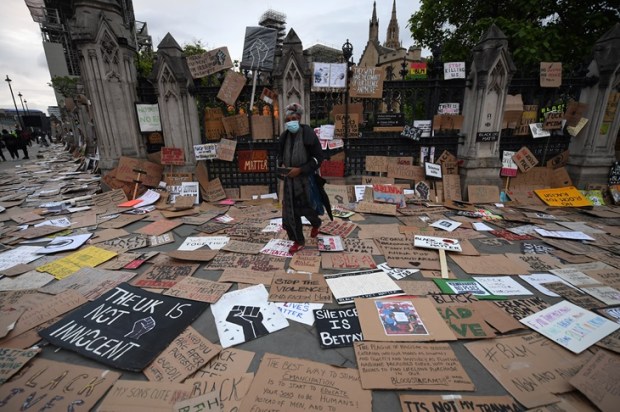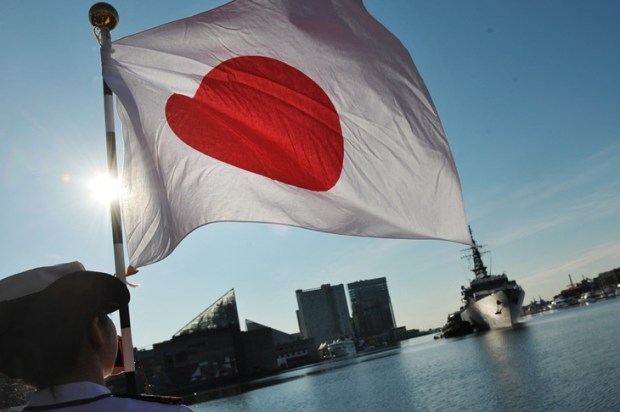Most commentary on the Hong Kong protests from Western news outlets rightly champion the pro-democracy cause and scorn the ruthlessness of Beijing and the local administration.
Unfortunately, the depth of reporting outside Hong Kong scrapes the tip of the iceberg. Several elements have been underreported and under-analysed from mainstream media outlets. These are indispensable to understanding the broader implications of the protests.
First, are the events and aftermath of the August 31 protests. Unedited live coverage from local news channels Cable Television Hong Kong, Apple Daily and Television Broadcasts Limited showed indiscriminate attacks on civilians by Special Tactical Squad officers. These STS officers stormed Prince Edward station, beating and assaulting passengers.
The live coverage is visceral and the implications clear: the Hong Kong Police Force is no longer an institution that protects the life and liberty of its civilians. It is a politicised body whose members have inflicted heavy injury on civilians and protestors with a politically charged vengeance.
What has also received little reporting is the inertia of the Mass Transit Railway Corporation (MTR) after the August 31 protests. Some even speculate that protestors died at Prince Edward in the aftermath of the attacks. The footage from local media only confirms that several protestors were severely injured to the effect of losing consciousness. Their fate remains unknown, but the actions of the MTR are nothing short of opaque.
Paramedics were not allowed to enter the premises for two hours afterwards, with Prince Edward Station being closed for two days. There have been reports of missing persons in the following days. To date, MTR has refused to release CCTV footage of the attacks. If the regime has nothing to fear, they should broadcast the truth and vindicate themselves.
On August 18 a pro-Beijing lawmaker Elsie Leung refused to answer whether it is illegal for People’s Liberation Army members to kill Hong Kong civilians under the justification of maintaining order. Article 18 of the Hong Kong Basic Law states that if the Standing Committee of the National People’s Congress “declares a state of war…within the [HKSAR] which endangers [national security]…the Central People’s Government may [apply] the relevant national laws in the Region”. Provisions like these are exactly why Hong Kongers oppose the extradition bills – you cannot put two incompatible systems of law together and expect one to not be compromised.
Another underreported element is the politics leading up to the withdrawal of the bill on September 4. Reuters published a special report on September 2 on a series of ‘leaked’ recordings from Lam stating that she would ‘quit’ if she could. It is possible that the recordings were deliberately provided to Reuters by Lam who wanted to absolve herself of responsibility and to shift the blame to Beijing. A deliberately “leaked” recording would also distract from the violence and opacity of the August 31 attacks.
Above all, Lam’s ineffectiveness as the Chief Executive of Hong Kong began with her inability to reconcile the conflicting interests of Hong Kong people and the Chinese government. The Chief Executive ought to focus on the real issues that matter to people – housing, transport, infrastructure, living costs and education.
And this is not the first time that Hong Kongers’ freedoms have been tested by controversial policies introduced by the HKSAR Government, on Beijing’s behalf.
In 2003, the National Security (Legislative Provisions) Bill caused significant concerns about freedom of speech and association. The proposed legislation would make any instigative speech illegal and ban organisations and political dissidents at the will of Beijing.
In 2011, Hong Kongers took to the streets to protest the proposed ‘Moral and National Education’ curriculum. Critics condemned the curriculum as a ‘brainwashing’ exercise, where students would be expected to criticise democracy and uphold the Chinese Communist Party.
The proposed extradition bill is just one of many examples where Beijing crossed the line for Hong Kongers. However, the withdrawal of the bill is belated and will not end the turmoil Lam has wrought.
Meanwhile, China continues to push the limits of Australia’s tolerance and leniency. Pro-Hong Kong students have been silenced and intimidated on Australian university campuses by Chinese students loyal to Beijing. These students have ironically taken advantage of our society’s freedoms to attack others fighting for freedom.
Some Australian industries like mining, tourism and agriculture are being penetrated by a complex system of control overseen by Beijing loyalists. Our politicians have been the recipients of millions of dollars of donations from Chinese business elites. Our strategic assets like ports and telecommunications infrastructure have been subject to control and espionage attempts.
Even with millions of people turning out onto the streets, the HKSAR Government has continued to hide its head in the sand. To date there have been eight suicides linked to the protests, hundreds tortured and injured, thousands arrested, and many on the cusp of losing their freedoms.
That is the material consequence of Lam’s malicious ego, her appeasement of the regime and inability to leverage on the authoritarian and democratic functions of Hong Kong’s system.
The price of freedom is high. Australia cannot let its sovereignty be siphoned off and the events in Hong Kong are a telling and visceral warning.
Got something to add? Join the discussion and comment below.
Got something to add? Join the discussion and comment below.
Get 10 issues for just $10
Subscribe to The Spectator Australia today for the next 10 magazine issues, plus full online access, for just $10.


























Comments
Don't miss out
Join the conversation with other Spectator Australia readers. Subscribe to leave a comment.
SUBSCRIBEAlready a subscriber? Log in